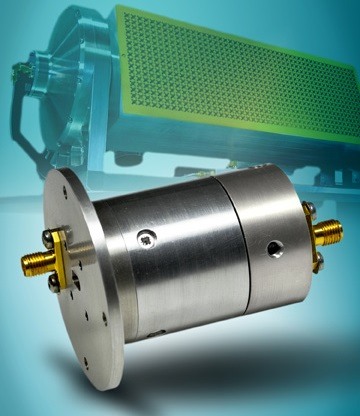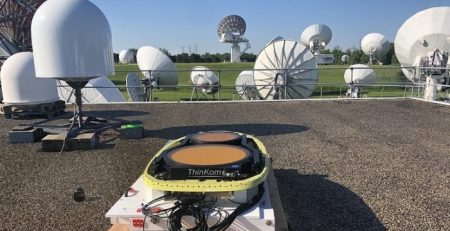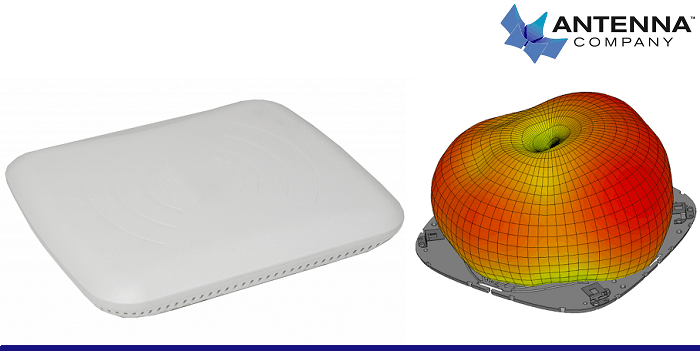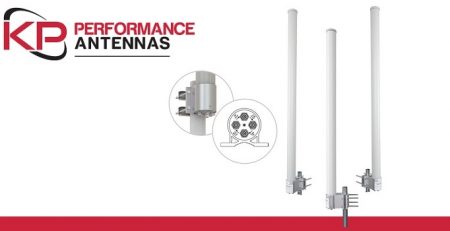New Ka-band Satcom-on-the-Move Antenna System Uses Link Microtek’s Rotary Joint

Link Microtek’s dual-channel Ka-band microwave rotary joint is playing a crucial role within a new stabilized antenna platform developed by Italian firm ADS International for high-end satcom-on-the-move (SOTM) applications.
Typically mounted on vehicles for either commercial or military use, the new ADS system features a low-profile radome that houses a 4-port, wideband flat-panel waveguide-array antenna together with ancillary hardware. Operating at 19.2 – 21.2 GHz in Rx and 29 – 31 GHz in Tx, the dual circular polarisation system covering military and commercial Ka-band is ideal for the latest high-data-rate requirements and, being fully European made, is free from any ITAR/EAR restrictions.
Key to the operation of the ADS antenna system is two of the Link Microtek rotary joints – one for azimuth and one for elevation – which enables RF signals to be fed from the static side of the system to its rotating side.
The central transmit channel of each rotary joint is implemented in WR28 waveguide and delivers up to 50W of microwave power (CW) over the frequency range 29 to 31 GHz with an insertion loss of just 0.5 dB and a VSWR of 1.3:1. This allows the signal from the BUC, which is connected to the system port, to be transferred through a waveguide transmission line all the way to the antenna, thus minimizing losses.
The outer receive channel, meanwhile, uses SMA coaxial connectors to cover L-band frequencies from DC to 2.15 GHz with a maximum CW power of 10W, as well as providing the DC voltage needed for powering the two LNBs which are located on the rotating side of the system, right on the back of the antenna with the aim of maximising the G/T. Isolation between the channels is greater than 35 dB.
Manufactured from aluminium, the rotary joints weigh only 160g and measure 49 mm in length with a body diameter of 36 mm and a flange diameter of 55 mm. They have an operating temperature range of -40 to 55 deg C, satisfy the typical military environmental conditions of MIL-STD-810G and are tested to over 1 million rotations.







